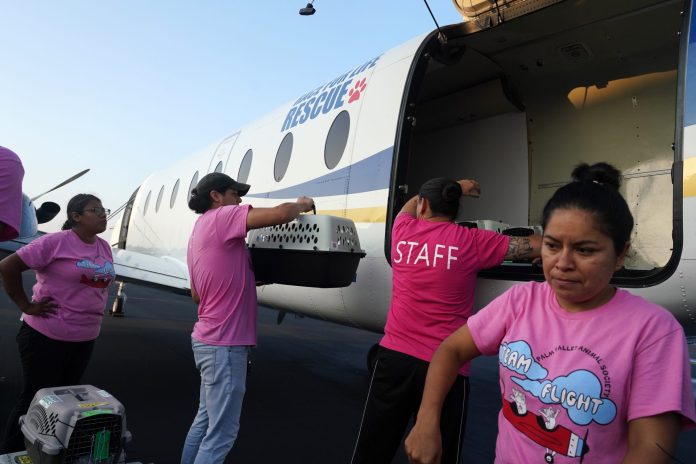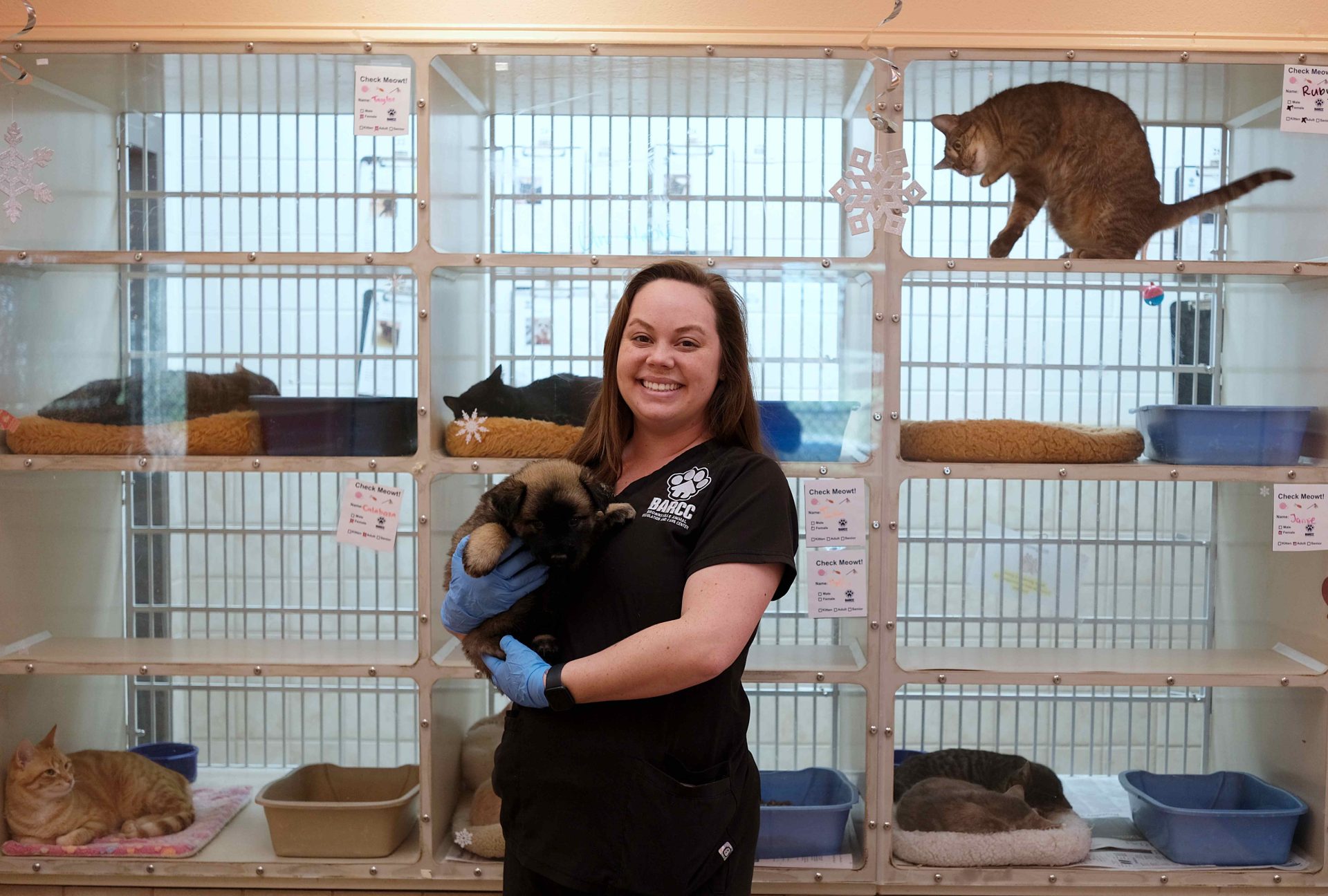
|
Only have a minute? Listen instead
Getting your Trinity Audio player ready...
|
In late July, Best Friends Animal Society announced life-saving improvements being made in the Rio Grande Valley through the various shelters’ efforts and help with city leadership in bringing the community slightly closer to their no-kill benchmark of 90%, according to a news release.
According to their data, 59% of dogs and cats that entered a shelter in the Valley were able to be saved last year.
The Humane Society of the Rio Grande Valley, which handles all the sheltering contracts in Mission, nearly reached an 88% save rate in 2023. Similarly, Palm Valley Animal Society, which provide shelters in McAllen, Edinburg and Hidalgo County, maintained a 85% save rate that same year.
Best Friends Animal Society’s Brent Toellner, senior director of Lifesaving Programs, said that “no-kill” has been a movement for about the last 30 years and is due to the creativity of those who work in animal welfare.
“For a century, shelters were kind of a disposal,” Toellner said. “…and about 30 years ago, a lot of people in the animal welfare industry (said) we should be working harder to save the lives of animals.”
Toellner says those working at shelters strive to reunite animals with their owners and look into options for adoption, which sometimes results in them transferring animals to other organizations in hopes of finding them a home.
In 2023, the city of Brownsville’s leadership collaborated with Best Friends Animal Society to make life-saving progress that resulted in the Brownsville Animal Regulation & Care Center increasing their save rate by 27% between last year and 2022, reducing its life-saving gap by 2,476 dogs and cats.
Their upward trajectory has continued and the shelter managed to achieve a 90% save rate in March, according to the release.
Dr. Antonio Caldwell, deputy director of the animal services at the Brownsville Animal Regulation and Care Center, said that Best Friends provided plenty of support after contracting with them in May 2023.
“There was a lot of support that they provided our shelter in terms of guidance, shelter management, shelter operations, life-saving procedures and it was a big challenge for our team, for our community, to make all those changes very quickly,” Caldwell said. “But, we definitely met that challenge head-on and our community was supportive.

“So, to see the results of the efforts that our staff and partnership with Best Friends made for the increase in save rate was pretty phenomenal.”
Best Friends Animal Society’s website provides a “Pet Lifesaving Dashboard,” which shows data from all over Texas. While Hidalgo County is currently marked as a “not no-kill” county, Willacy and Cameron counties are marked as “incomplete.”
Toellner clarified that this is due to some shelters in those areas having yet to provide data.
“For Cameron County, they have six shelters, there is one we don’t have data for,” Toellner said. “We have data for five of the shelters but not the sixth one, so we mark it as incomplete.”
The data for two shelters in Willacy County is also missing from Best Friends Animal Society’s database, but Toellner said they are in communication with two of the three mentioned and said they want to help those shelters get on a system that will help manage the shelter.
“We try to work with shelters like Lyford and Raymondville, just helping them get on the shelter management software system so that they can more accurately track data,” Toellner said. “That way, we can have a better understanding of what animals could potentially be at risk at those shelters, if any.”
Despite the progress, nearly 10,000 dogs and cats were killed in Hidalgo and Cameron counties in 2023 and Texas continues to be one of the leading states killing animals, according to the release.
However, Best Friends states that a majority of Valley residents are in support of striving to become a no-kill community.
In another news release, Best Friends announced that a poll of local registered voters in the Valley indicated that 69% of respondents support the effort.
Toellner states that the poll was conducted by an official polling service. Residents were asked a series of questions in order to get their opinions and perspectives. He adds that the results were consistent with what they’ve seen across the country.
“I think it really helps reinforce that, for city leadership, that they need to put policies and programs in place to help save more animals’ lives and the same is true for shelter leaders, but also that we need public support and we have that public support,” Toellner said.



